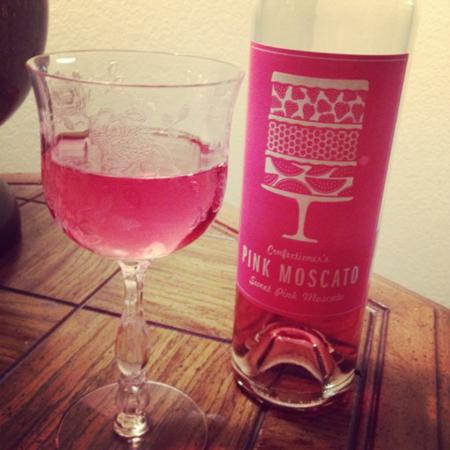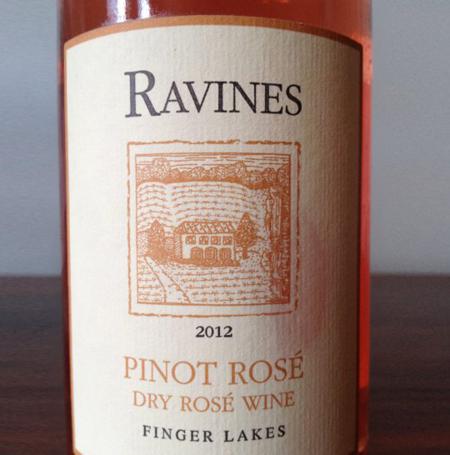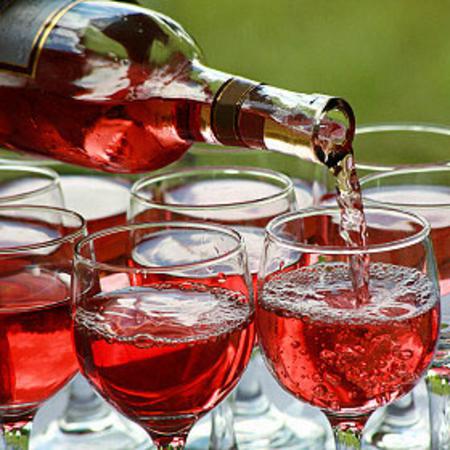Rosé wine is a truly modern phenomenon. It’s been drunk for well over 200 years, but it’s been taken seriously by wine makers and merchants for only around a seventy of those years. Even as recently as 1967, acclaimed author Patrick Forbes wrote that ‘…firms seldom serve rosé to their guests. Indeed, it is considered somewhat of a question delicate and it is best avoided.’
Rosé wine is the black (or rather pink) sheep of the family. It’s a little too fun, a little too frivolous to be considered amongst the elegance and austerity of the proud red vintage. Rosé wine is an impure product in many ways – it does not run the whole gamut of maceration or fermentation techniques like red and white varieties. Instead, it is closely monitored and carefully added to or taken away from, depending on the desired effect.
So, rosé wine has a strange relationship with the industry that created it. Nevertheless, demand for it has soared in the last thirty years and almost all wine merchants do now either make or stock rosé varieties. It’s popular because it’s a great wine to drink alongside food. It’s tasty and full bodied, without being heavy or overpowering. It’s great for the summer because it can be very fragrant and fresh. It doesn’t stain the teeth or lead to migraine headaches like red wine can and it’s not sour like white wine products tend to be. Rosé wine is an all round winner.
The question is – how can you tell the good from the bad? How should you go about picking a rosé wine if you’re not experienced with anything but red and white varieties?
When To Drink Pink?
According to About.com journalist Stacey Slinkard, rosé wines are perfect for spring and summer – this is because rosé wine reacts very well to being chilled. They also top the list for food versatility, as they go excellently with almost any type of food. Rosé wines can handle both meat and fish, whereas red and white wines tend to have to be created with just one of of the two in mind. They’re the favourite choice for garden parties and BBQs, because they can handle intense flavours like grilled chicken, hamburger and even condiments like ketchup and mayonnaise. Rosé wines can be enjoyed throughout the colder months too, but they really do come into their own in warm temperatures. The next time you have a garden cook-out or a light, zingy summer salad – why not try teaming your food with a quality bottle of rosé wine.
Dry Rosé Wine
Dry rosé wine is the most commonly produced variety of rosé in the world today. Traditional types include Grenache, Pinot Noir, Mourvedre and Syrah. It is crisp, light and refreshing without being too sweet or sugary. Dry rosé wine tastes great when combined with grilled chicken, spicy seafood, tomatoes and prosciutto, say the experts at Sunset magazine. Out of all of the varieties, it is the closest to being truly pink. It has a bold, vibrant rosy hue.
Sweet Rosé Wine
As you’d expect, sweet rosé wines are pretty much the opposite of dry rosé wines. These days, they’re not uncommon but they aren’t quite as popular as their dryer counterparts. They are made in exactly the same manner as dry varieties – the only difference is that a portion of the sugar meant for fermenting is kept aside for sweetening instead. Sweet rosé wine goes well with vintage cheeses and desserts. It is commonly referred to as White Zinfandel, White Merlot and Pink Moscato. It tends to be paler than dry wine, with an attractive, fruity aroma and a blushing pink hue.
Author Bio:
Sarah is a professional wine taster and expert on dry rose wine. She recommends the Telegraph’s online wine store for a great selection of top quality rosé wines.



